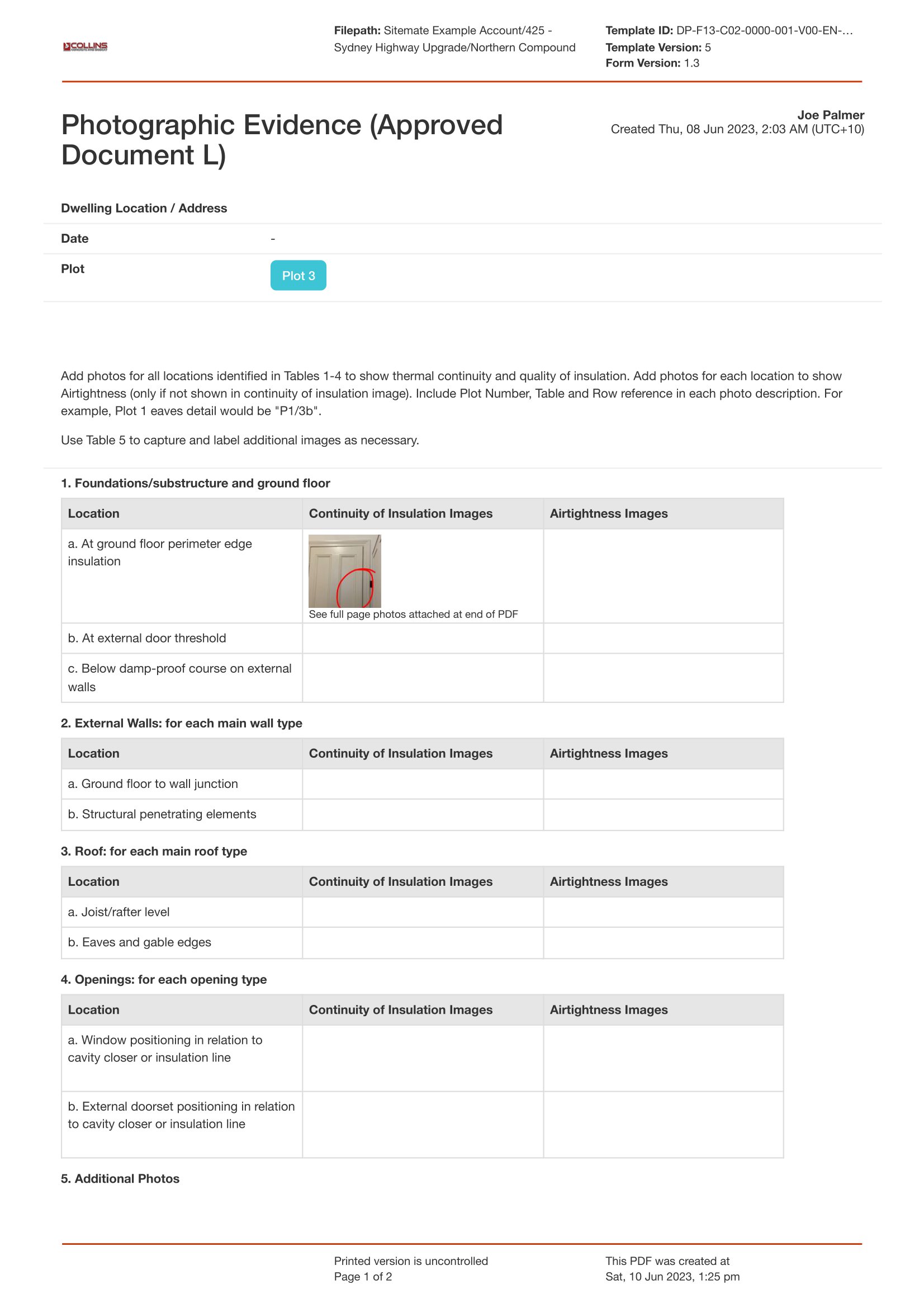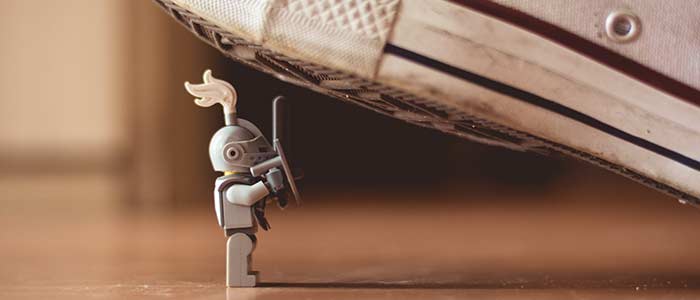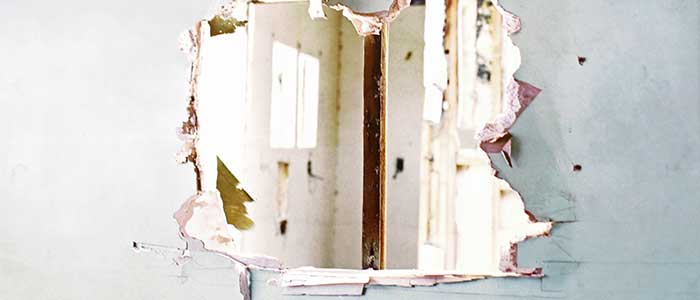Dashpivot article page – Part L Changes 2022

Part L Changes 2022
What is Part L?
Part L of the UK Building Regulations concerns the conservation of fuel and power. It's designed to ensure that new buildings and certain types of work in existing buildings are carried out in a way that conserves energy. The goal is to ensure buildings are efficient in their energy use, which helps to reduce carbon emissions and combat climate change.
Part L is split into four sections:
- L1A: New dwellings: This deals with the energy efficiency of new homes. It sets out the requirements for insulation, heating efficiency, air tightness, and other factors to ensure new homes are energy efficient.
- L1B: Existing dwellings: This section concerns work on existing homes, like extensions, loft conversions, or changes to the energy status of a home. It ensures that when work is done on an existing home, it either improves or does not negatively impact the home's energy efficiency.
- L2A: New buildings other than dwellings: This is for new buildings that aren't homes, like offices or shops. It sets out similar requirements to L1A but tailored for non-residential buildings.
- L2B: Existing buildings other than dwellings: Like L1B, this section concerns work on existing non-residential buildings.
For each of these sections, there are detailed requirements concerning insulation, heating and cooling systems, lighting, and more. The specific requirements can change over time as the regulations are updated to reflect new standards, technologies, and the government's energy and environmental policies.
What are the Part L changes for 2022?
New Part L changes came into effect on June 15th 2022 in the form of 2 new Approved Docs for those building their house themselves, renovating, adding an extension or undertaking home improvements.
New Homes
SAP10 (Standard Assessment Procedure) is how new homes will be assessed. Replacing SAP 2012, SAP10 updates the energy improvement requirements with greater insulations requirements and a new target primary energy rate.
SAP10 encourages self builders to meet energy efficiency targets for their dwellings. U-values are used to track the energy lost through any materials to see if you can meet the reference targets for elements and systems.
Target Emission Rate (TER) is the goal to reach, and you can over or underachieve on your U-values as long as you reach your TER.
Self builders need to record an on site audit to show that your designs have been implemented with Part L Photographic Evidence.
Existing Homes
If you're adding or replacing thermal elements to your home, including doors and windows, you need to adhere to the new minimum fabric efficiency standards.
Walls and replacement thermal elements need an improved U-value from 0.28W/m2K to 0.18W/m2K and the minimum values for doors, windows and roof windows needs to go from 1.6 to 1.4. Doors need an improved U-value of 1.4 from 1.8, whereas fire doors U-value is still 1.8.
Extensions can't have more than 25% of the floor area as glazing, including windows, roof windows and rooflights.
Lighting needs to be more efficient, but heating systems require new low flow temperatures of 55 degrees, down from 75, which will all but reduce burn risks from hot surfaces.
What are your Photographic Evidence requirements?
Photos have always been a part of construction projects, whether it's for safety, hazards, progress claims or completion certificates, but photo management is a key part of your Part L requirements.
Part L requires developers and self builders who are building a new building or renovating an existing building to meet building regulation standards.
Photos need to be taken to match construction phases to the design details.
If the requirements aren't met at each and every stage, you might have to deconstruct and then retrofit the building to show evidence of the designs being meet, which could be extremely costly and time consuming.
If your BREL report is non-compliant, your building can't be deemed as completed.
Below is an example of how you can use Photographic Evidence to keep compliant with Part L.

Use a digital Part L Photographic Evidence template
Manage your Part L requirements digitally
A digital Part L Photographic Evidence template makes it easy to keep track of your construction stages in a systematic, standardised way.
You can attach photos and videos directly to the report so it's easy to keep track of which photos relate to which stage of the construction project.
The digital template comes pre-built with all the fields you need to build a bulletproof audit trail, timestamps, geotagging and more.
Digital eSignatures can be captured manually or contactlessly so your report remains fully compliant.
Integrate your Part L Photographic Evidence processes
Part L Photographic Evidence requires a lot of repetitive reporting at each stage and it can be easy to lose track and double handle the documentation.
A Part L Photographic Evidence app can help keep track of your Part L requirements and workflows, so you know what the next step is needed for every stage.
It's easy to maintain a full audit log, with user management and a historical change log.
Export your completed Part L Photographic evidence reports as PDF or CSV so it's easy to share to external 3rd parties and auditors.

Inspection and Test Plan (ITP) template
No one plans to fail, they fail to plan. Ensure your projects are a success with this ITP.

Non-Conformance Report template
Document those painful non conformances with this powerful template.

Construction Punch List template
Punch your way through those punch lists with this powerful template.


